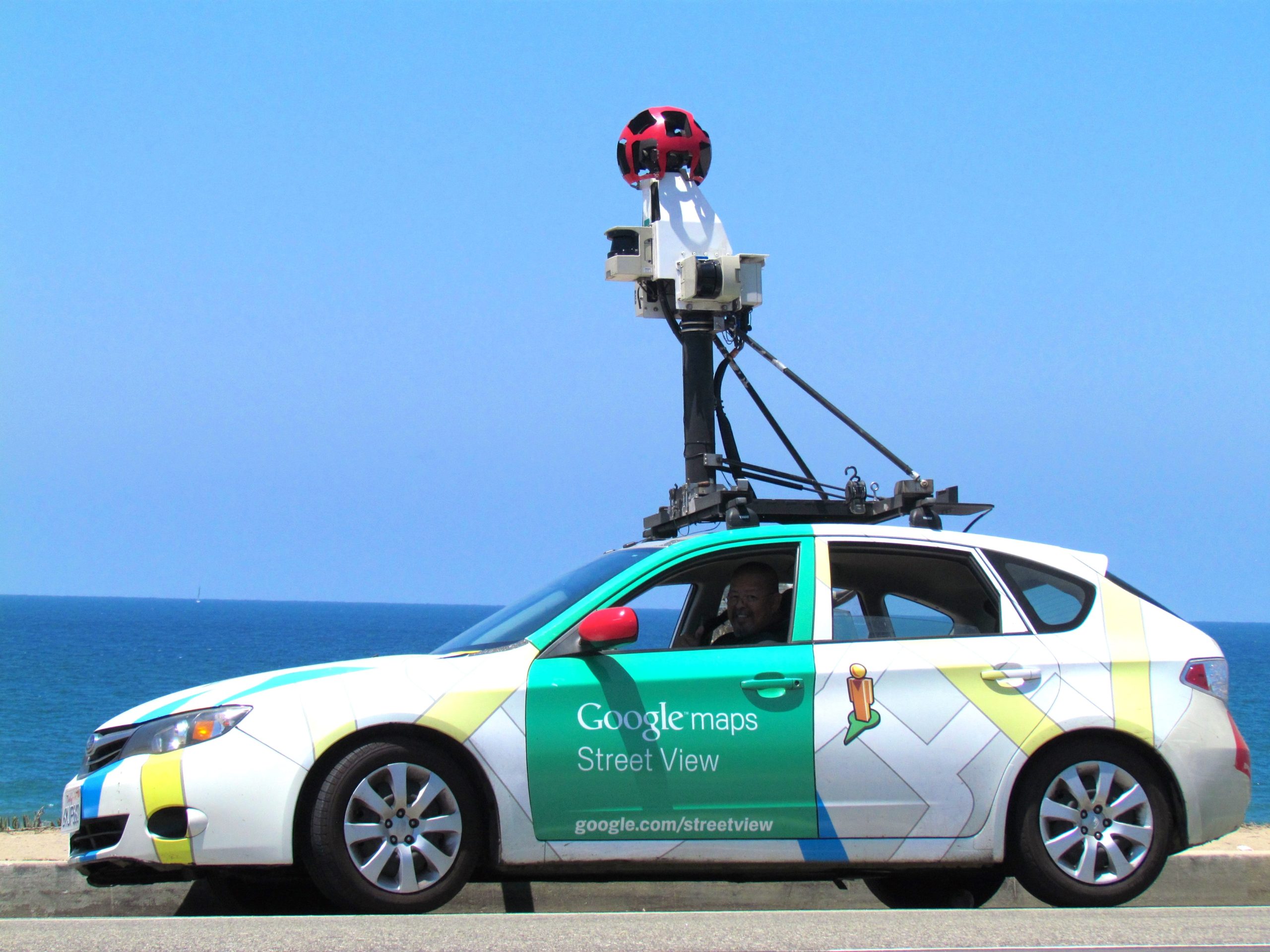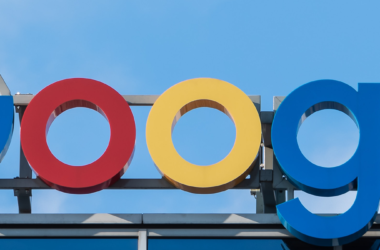As climate change continues to affect global circumstances, Google flood and wildfire tracking is now expanding to new nations in conjunction with the UN’s COP27 summit this week. Google declared that it will expand the use of its AI-driven wildfire warning system across the United States, Canada, Mexico, and some regions of Australia. This morning, the company revealed a number of initiatives, including Google’s efforts to provide flood forecasts to more parts of the world.
It introduced a tool called Flood Hub on a worldwide scale that combines projections from 20 different countries. The recently revealed method makes use of machine learning models that have been trained on satellite data to track and forecast the spread of fires in real-time. The Google flood and wildfire tracking feature initial focus is on assisting first responders in deciding how to put out the fire the most effectively.
In 2018, Google began using AI to forecast floods in the Indian district of Patna. In 2020, that initiative was extended over the entire nation and into areas of Bangladesh. 23 million people in the two flood-prone countries had received flood notifications from Google by 2021. Now, same service will be available in 15 African nations as well as three additional Asian and Latin American nations.
Flood and wildfire tracking is now using machine learning
The Google flood and wildfire tracking complements a related Machine Learing-based flood forecasting function that was first announced in 2018. The availability of such feature is now being increased to 20 more countries. Google also mentioned that it uses machine learning models to identify damaged structures following natural calamities like hurricanes. The algorithms give crisis responders knowledge about the most severely affected locations in the initial stages of the response effort by using the same satellite images as its wildfire detection technologies, according to Google.
Android users and phones with the Google search app installed will receive the alerts. Companies and organisations can also sign up for the Google flood and wildfire tracking , but in order to receive the flood notifications, users must have access to the internet and have Google Location Services enabled on their phones.
In 2020, Google also began providing US users with a map tool that displays wildfire borders almost instantly. Although the US still had more detailed tracking of specific fires, Google added a wildfire layer to maps that started rolling out globally in 2021. For this function, Google has always used information from NASA satellites. Google is now utilising machine learning for the first time to enhance wildfire detection and monitoring.
For more updates follow: https://technoun.com/







